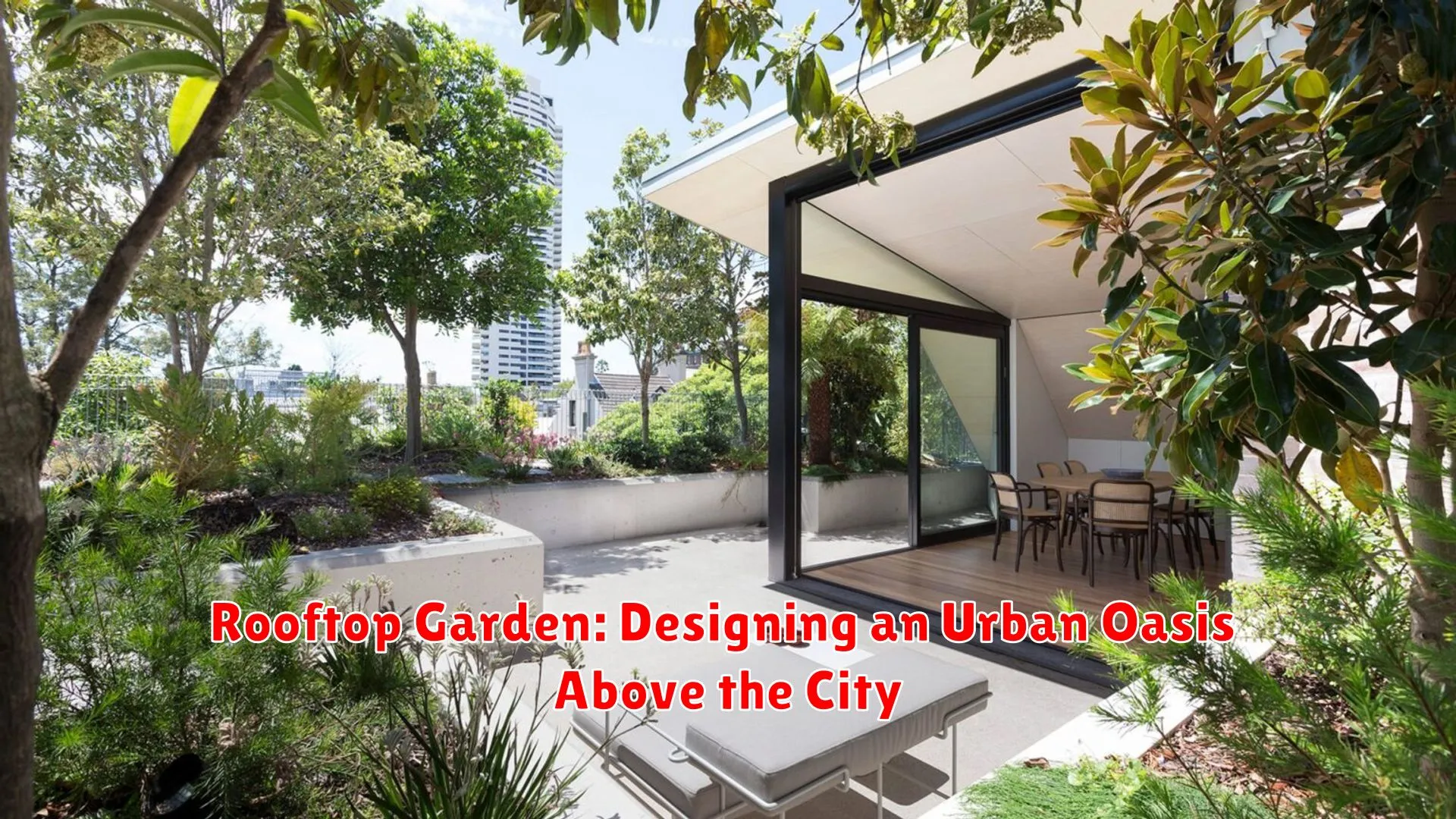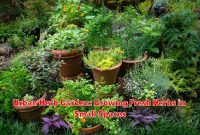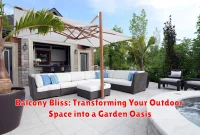Transforming urban rooftops into lush green spaces is a growing trend in city landscapes. Discover how designing a rooftop garden can create an oasis above the bustling cityscape, providing a tranquil escape and promoting sustainability.
Introduction to Rooftop Gardening
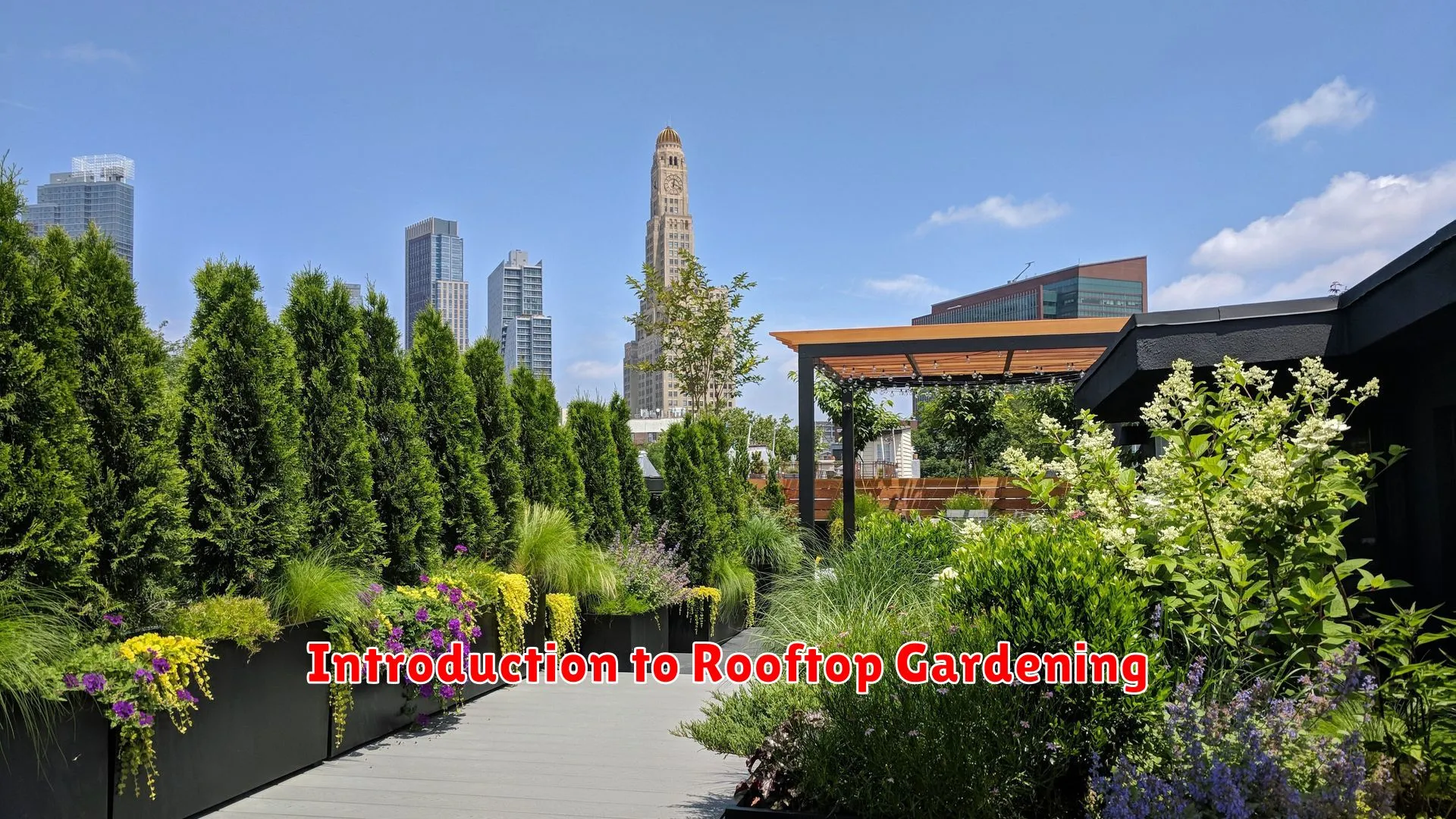
Rooftop gardening is a growing trend in urban areas, offering a green escape from the concrete jungle below. With a bit of creativity and planning, rooftops can be transformed into lush gardens filled with plants, flowers, and even vegetables. This practice not only enhances the visual appeal of the urban landscape but also provides numerous environmental benefits.
Creating a rooftop garden involves utilizing the space effectively while considering factors such as sunlight exposure, watering needs, and weight restrictions. The blend of aesthetics and functionality in rooftop gardening makes it an exciting endeavor for city dwellers looking to reconnect with nature amidst the hustle and bustle of the city.
Planning and Designing Your Rooftop Space
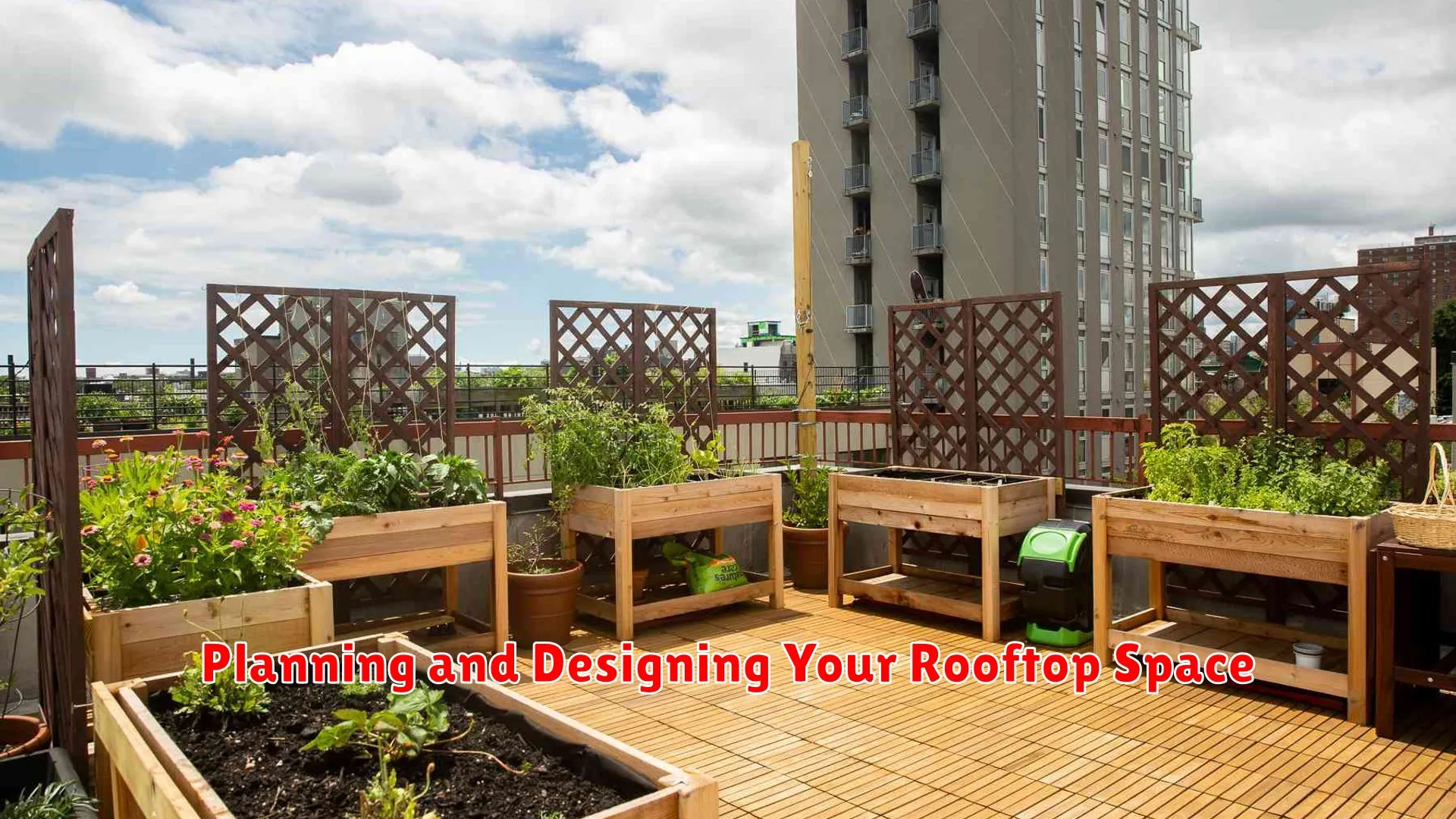
When it comes to creating a rooftop garden, careful planning and thoughtful design are essential to transform your rooftop space into an urban oasis above the city.
1. Assess Your Space
Start by assessing the available space on your rooftop. Consider factors such as the size of the area, weight capacity, sunlight exposure, and any potential obstructions. Understanding these elements will help you determine the layout and features of your rooftop garden.
2. Set Your Goals
Define your goals for the rooftop garden. Determine whether you want a space for relaxation, entertainment, gardening, or a combination of these. Clarifying your goals will guide your design choices and help create a functional and enjoyable rooftop oasis.
3. Design Elements
Consider incorporating design elements such as seating areas, planters, pathways, lighting, and water features. Balancing aesthetics with functionality is key to creating a harmonious rooftop space that reflects your style and meets your needs.
4. Select Plants Wisely
Choose plants that are suitable for rooftop conditions, such as wind exposure, sunlight levels, and limited space. Opt for low-maintenance plants that thrive in containers and create greenery that enhances the beauty of your rooftop garden.
5. Sustainability and Maintenance
Integrate sustainable practices into your rooftop garden design, such as water-efficient irrigation systems, composting, and using eco-friendly materials. Plan for regular maintenance to ensure the longevity and vitality of your rooftop oasis.
By carefully planning and designing your rooftop space with these considerations in mind, you can create a serene and rejuvenating urban oasis that offers a peaceful retreat above the bustling cityscape.
Selecting Plants for a Rooftop Environment
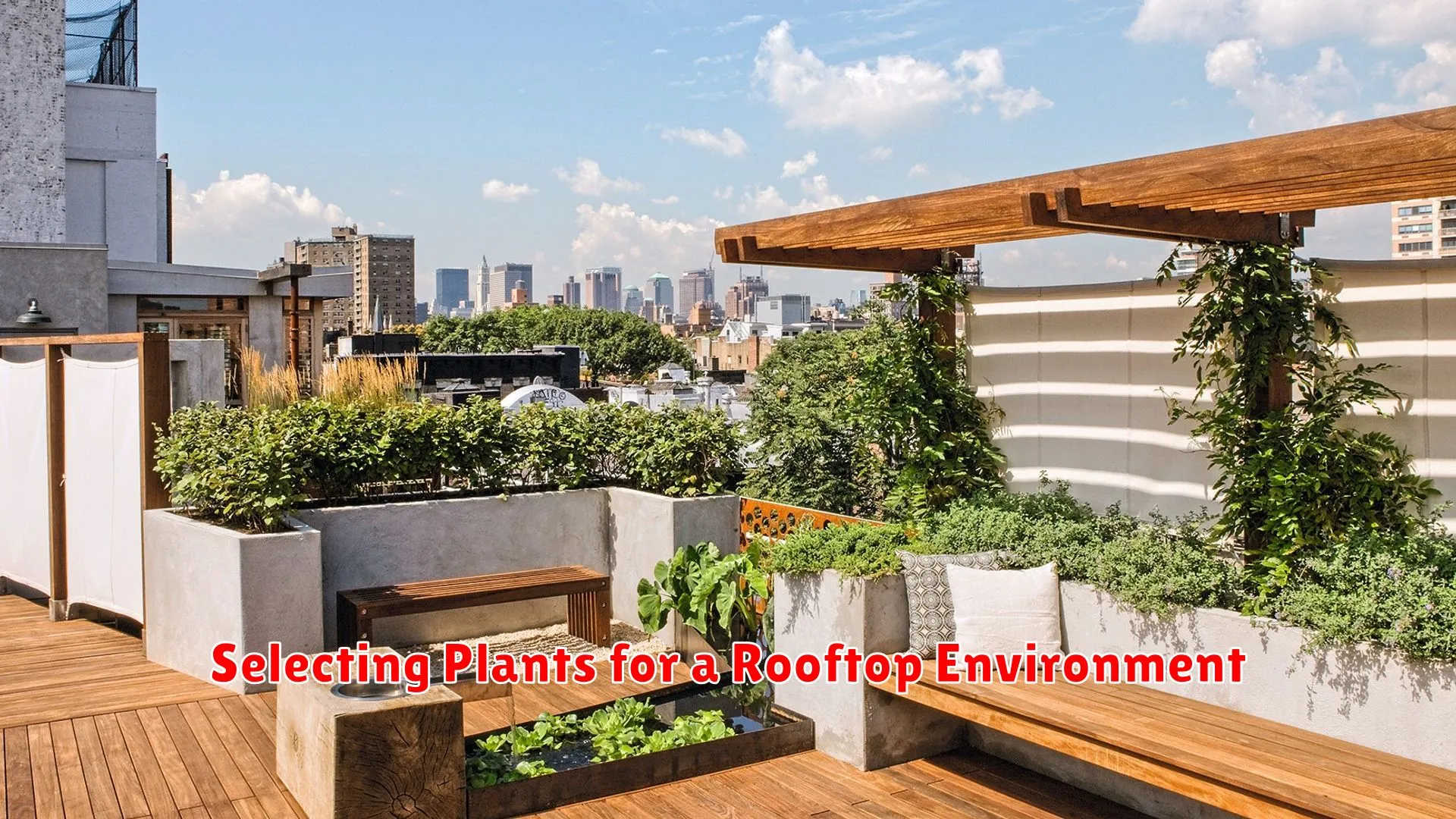
Designing a thriving rooftop garden involves careful selection of plants that can thrive in the unique conditions of an elevated urban environment. When choosing plants for your rooftop oasis above the city, consider the following factors:
Sun Exposure
Sunlight is a crucial element for plant growth. Take note of how much sunlight your rooftop receives throughout the day. Select plants that match the light conditions, whether your garden is in full sun, partial shade, or shaded most of the day.
Wind Resistance
Roof gardens are exposed to more wind compared to ground-level gardens. Choose plants that can withstand windy conditions to prevent damage to delicate foliage. Hardy shrubs, grasses, and succulents can be good choices.
Weight and Root Depth
Consider the weight and root depth of the plants you choose. Since rooftops have weight restrictions and limited soil depth, opt for lightweight plants with shallow roots to avoid harming the structure and ensure proper plant growth.
Drought Tolerance
Roof gardens can be challenging environments for plants due to limited water access. Select drought-tolerant plants that can thrive with less water and are resilient to dry conditions.
Climate and Seasonal Changes
Take into account the local climate and seasonal changes. Choose plants that are suited to your region’s climate and can adapt to temperature variations throughout the year. Consider the effects of heat, cold, rain, and humidity on plant selection.
By selecting plants that meet these criteria, you can create a lush and vibrant rooftop garden that enhances the beauty of your urban oasis while thriving in its unique environment.
Incorporating Seating and Entertainment Areas
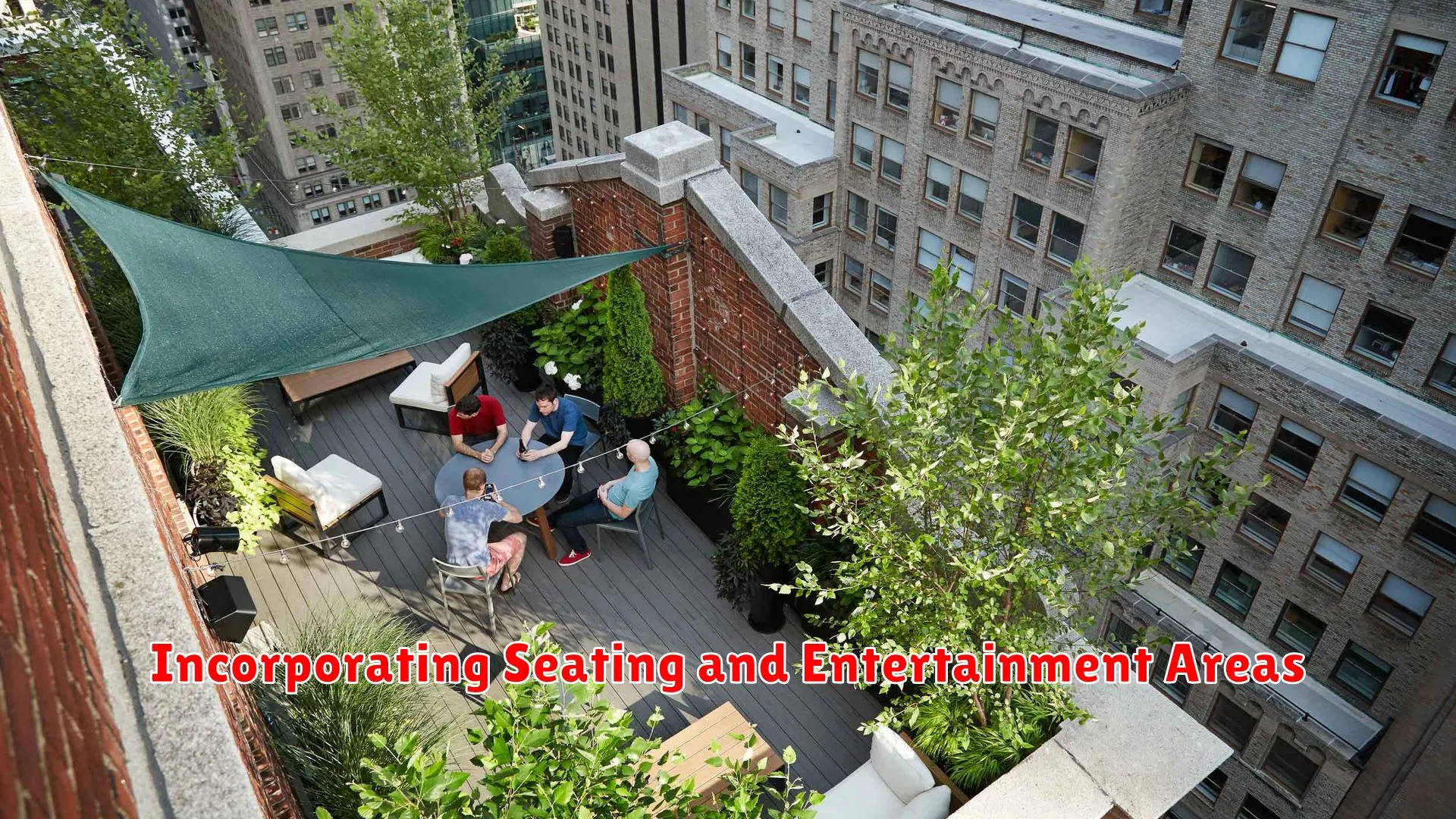
When designing a rooftop garden as an urban oasis above the city, it is crucial to incorporate seating and entertainment areas to create a welcoming and functional space for both relaxation and social gatherings.
One effective way to incorporate seating areas is by strategically placing comfortable outdoor furniture such as lounge chairs, benches, or even hammocks. These elements not only provide a place for visitors to sit and unwind but also add to the overall aesthetic appeal of the rooftop garden.
Additionally, integrating entertainment areas such as a small outdoor sound system, a projector for movie nights, or even a small bar setup can elevate the rooftop garden experience. These features can transform the space into a versatile venue for hosting gatherings, parties, or simply enjoying a quiet evening under the stars.
Creating designated zones within the rooftop garden for seating and entertainment ensures that the space is utilized efficiently and offers various options for visitors to enjoy different activities. Whether it’s a cozy reading nook with a bench and a small library or a lively entertainment area with a bar and games, the key is to design a space that caters to diverse preferences and occasions.
Adding Lighting for Evening Ambiance

When designing a rooftop garden as an urban oasis above the city, one essential element to consider is lighting. Adding lighting not only extends the functionality of the space but also enhances the ambiance, especially in the evening. Here are some key tips to create a magical atmosphere through lighting in your rooftop garden:
1. String Lights
String lights are a popular choice for rooftop gardens as they are versatile and easy to install. You can hang them along the perimeter of the garden or drape them above seating areas to create a cozy and inviting glow.
2. Solar-Powered Lanterns
Consider incorporating solar-powered lanterns that can automatically light up as the sun sets. These eco-friendly options not only add a charming touch to the garden but also help save energy.
3. Spotlights
Install spotlights to highlight focal points in your rooftop garden, such as water features, sculptures, or lush plants. This will not only create visual interest but also ensure safety by illuminating pathways.
4. LED Garden Lights
Opt for LED garden lights that are durable, energy-efficient, and come in various colors and designs. These lights can be strategically placed to create a soft, ambient glow throughout the garden.
By carefully selecting and adding lighting elements to your rooftop garden, you can transform it into a serene retreat above the bustling city, perfect for relaxing and entertaining during the evening hours.
Ensuring Safety and Accessibility
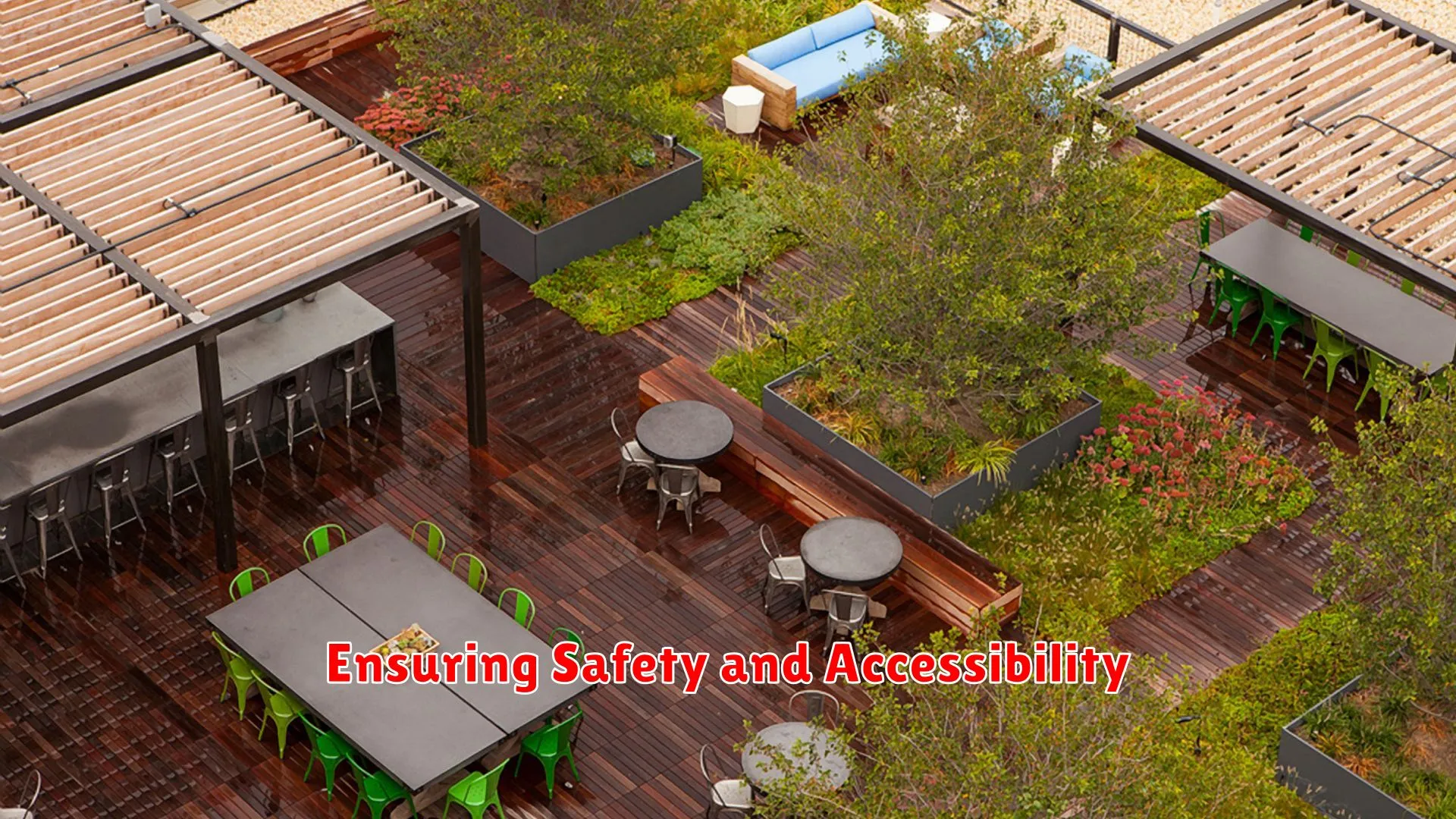
When it comes to designing a rooftop garden as an urban oasis above the hustle and bustle of the city, safety and accessibility are paramount considerations. Creating a space that is not only visually appealing but also functional and secure is essential for the enjoyment of all visitors.
Safety Measures
Implementing safety measures is crucial to prevent accidents and ensure the well-being of visitors. This includes adding sturdy railings around the perimeter of the garden to prevent falls, using non-slip materials for pathways, and ensuring proper lighting for visibility, especially during the evening.
Accessibility Features
Making the rooftop garden accessible to all individuals, including those with mobility challenges, is important for creating an inclusive environment. Installing ramps or elevators for easy access, providing seating areas for resting, and incorporating raised plant beds for convenient gardening are all ways to enhance accessibility.
Emergency Protocols
Developing emergency protocols and signage is essential for handling unforeseen situations effectively. Clearly marking exits, providing first aid kits, and establishing evacuation procedures can help ensure that visitors are prepared in case of emergencies.
Conclusion
In conclusion, rooftop gardens offer a green escape in the midst of urban landscapes, providing environmental benefits and aesthetic appeal. Designing these urban oases above the city not only enhances the beauty of the surroundings but also promotes sustainability in urban areas.

